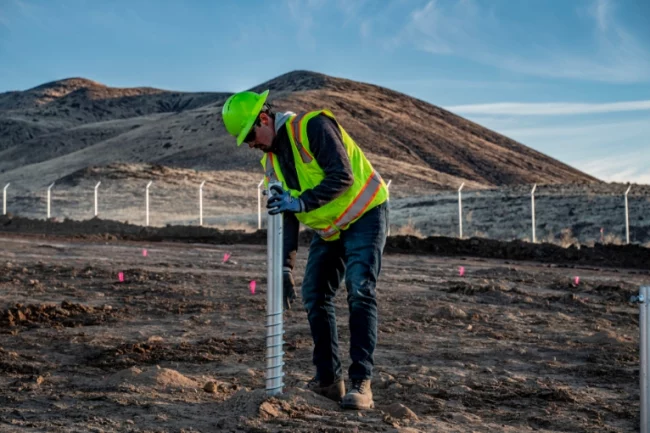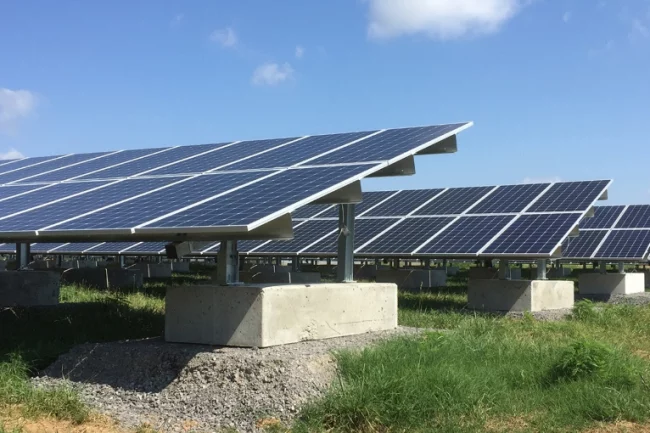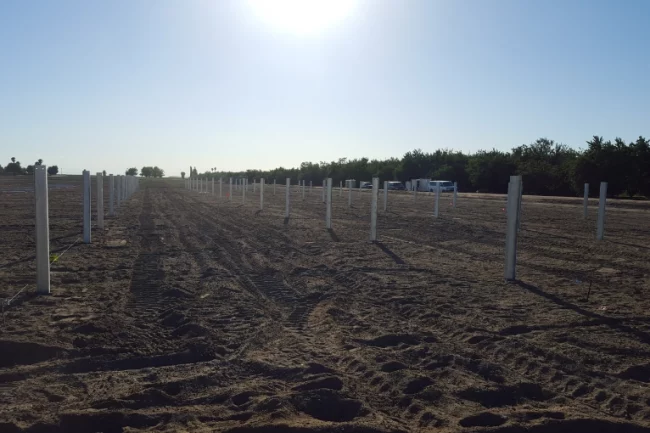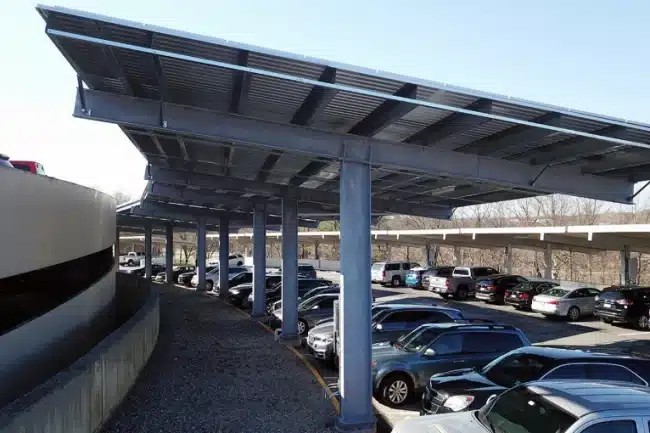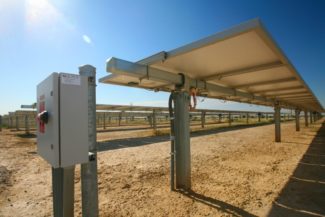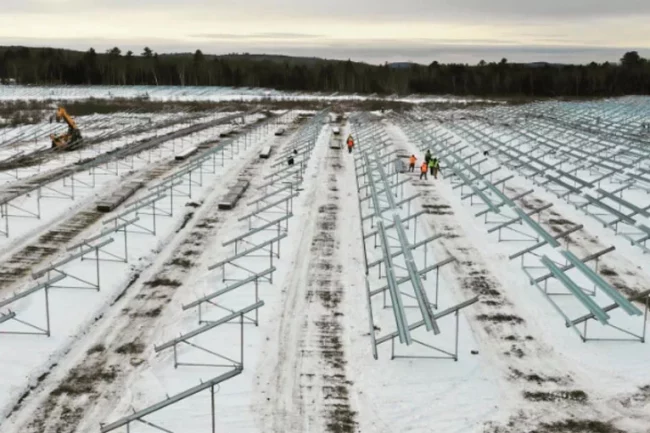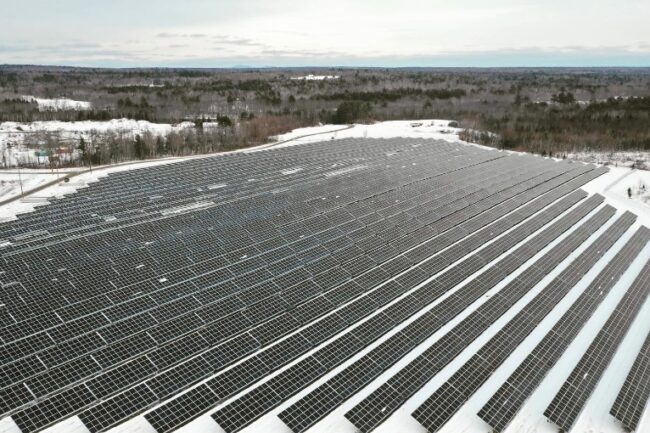This article was featured in Solar Power World
By Randy Smith, Director of Construction Management, Terrasmart
Striking the right balance between risks and rewards lies at the heart of solar success. Ideal sites with flat, soft terrain come at a price premium, while rocky, sloping land can offer discounted leases and higher margins — but at a price of time and development complexity.
EPCs and developers, especially in the Northeast, are constantly juggling complex ground-mount construction risks that can easily derail margins and project schedules. Whether it’s punishing winds, heavy snow loads, frost heave or extended mud seasons, managing Northeastern environments can be tough. Undulating topography doesn’t help, with rock-strewn hills posing ongoing threats of refusals.
For PV success in the region, consider these actionable strategies to minimize risks, keep projects moving at a good clip and safeguard margins for the strongest possible returns.
Northeast construction risk No. 1: Refusals
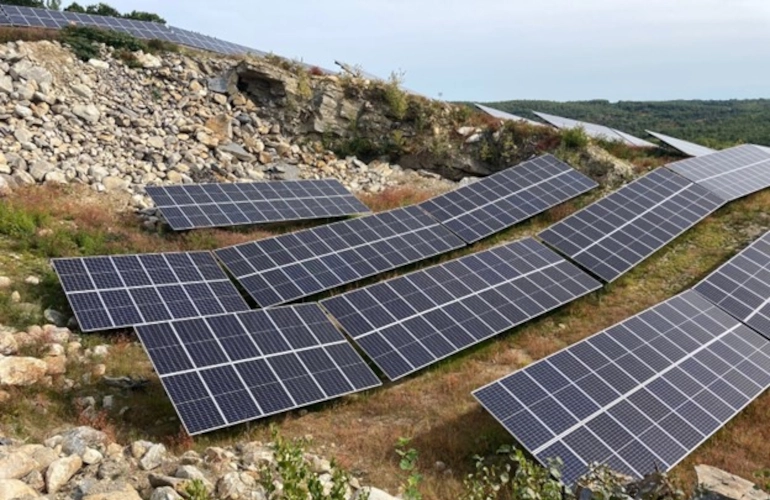
Refusals are often the biggest unknown factor that can turn a good project bad. They pose a threat for obvious reasons: You don’t see them coming.
There is a host of testing to quantify and measure a site’s refusal risk, starting with geotech reports and pull testing. If the site has a constant ledge, refusals are to be expected. Lands with predominantly cobbled soil contain rocks of various sizes and require more testing to help make a foundation choice between driven piles and ground screws.
Five tests can help guide the right foundation decision. While not all tests are required for every site, consider performing thorough testing on difficult sites to better predict issues before installation.
- Pull test and geotech report: Pull tests are done with screws and piles at various locations throughout a site. To prepare a geotech report, soil samples are analyzed to reveal the site’s overall properties and glean insights about potential refusals.
- Compression testing: A compressive load is applied to various locations throughout the site to determine how the soil responds, particularly to heavy snow loads.
- Pull-out testing: Also known as tension testing, this helps assess the foundation’s anchorage or pull-out capacity, which is particularly helpful in regions that experience frost heave.
- Lateral load testing: Measuring a foundation’s lateral capacity is critical for sites that experience high winds.
- Refusal testing: A geotech report limits insights only to the three or four areas assessed across a site, leaving room for risk during installation, especially on larger sites. Instead, refusal testing at the site’s most challenging location — sinking a foundation to its refusal limit — can better predict issues that may arise.
When evaluating a challenging site, pre-drilling the foundations can offer a risk-free solution. This is especially relevant when facing end-of-year schedule pressures. Contractors should talk to the racking partner about pre-drilling for ground screws as well as driven piles to ensure projects stay on track.
In cases where larger rocks and boulders impinge on a site’s design, consider adopting a novel approach: a hybrid foundation model which combines a mix of screws and piles. Piles can be used in softer soil while ground screws can eliminate refusal risks on the site’s rockier areas. While this may add some complexity in the project’s testing and design stages, a hybrid model offers substantial advantages during installation — the blend leverages the cost benefits of driven piles while taking advantage of the risk mitigations inherent to using screw foundations. The goal is to optimize each unique site’s profile to formulate the winning risk/reward formula. Consider a partner that can offer both options and is well-versed in such hybrid foundation systems.
Northeast construction risk No. 2: Slopes
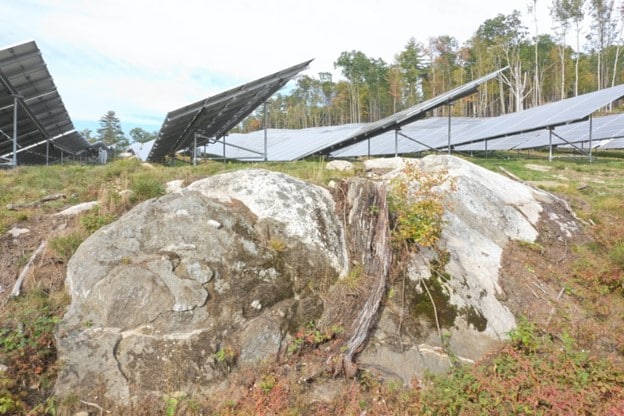
Racking structures built on slopes require additional adjustability to account for the undulating terrain. For example, when installing on a hard, straight ledge, it takes two to three minutes longer per foundation than installation on a soft site. With slopes of 30 to 36%, particularly in high snow areas, the installation process is slower, too.
When evaluating slope options, look for fixed and single-axis tracking solutions with high slope tolerances to reduce construction risks; the highest fixed tolerance we have seen on the market offers 36% in all directions.
The same consideration goes for trackers. Some systems are designed specifically for arduous soils and undulating terrain and can be used interchangeably with different foundation options. Flexible trackers with slope tolerances up to 20% north-south can help account for misalignments in the field. Look for systems that allow for east-west and vertical adjustment to minimize land grading and other civil work, to keep construction costs down and schedules tight.
If you are considering ground screws or a combination of screws and piles, look for adaptable racking that can be used seamlessly with both.
Northeast construction risk No. 3: Weather
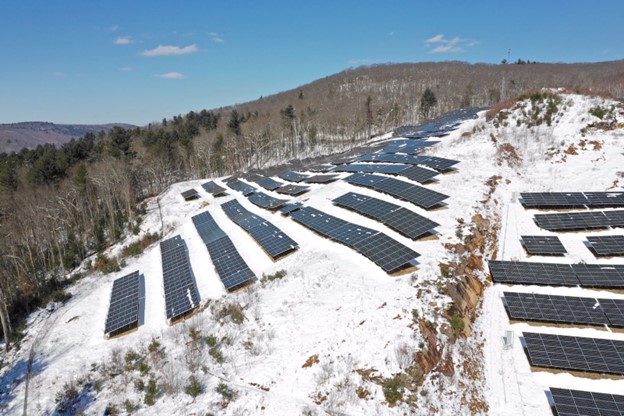
Although not a construction risk per se, weather factors are key to ensuring system performance and must be thoroughly evaluated in the design phase. Local codes for managing snow, wind and frost heave can guide design parameters and component selection.
Snow: Racking must be able to withstand and shed heavy snow loads. Building codes written for roofs tend to ignore solar projects. Snow shed from a solar module only has about 3 ft in which to accumulate, while roofs can slough off three-times as much snow load. But adding height to the module forces crews to do more awkward, elevated construction work. Additionally, to bear additional snow load on the modules, purlins have to be bigger or spans smaller. Racking partners should conduct robust load testing with artificial snow in the winter or tons of bricks in warmer months.
Wind: This is a key consideration on the coast and along larger inland lakes, where hurricane-force gales often blow through. Assess the varying angles of force possible on the project site and be certain that designers have done thorough wind tunnel testing to account for these stresses. Some racking manufacturers use advanced software to simulate the most cost-effective design for a site’s unique wind profile.
Frost heave: Northern latitude installers know first-hand the devastating impact frost heave can have on a project’s long-term LCOE. Remediating heaved foundations after installation is costly and can destroy the project’s overall returns. Ground screws offer proven reliability against frost heave. Because their threads are embedded below the frost line depth, ground screws are most effective at resisting the upward force of ice lenses. Their smaller diameter reduces frost heave forces, while the screw’s threaded portion mobilizes significantly more tension against heaving than a driven pile.
Bank on results in the Northeast with integrated, proven partner
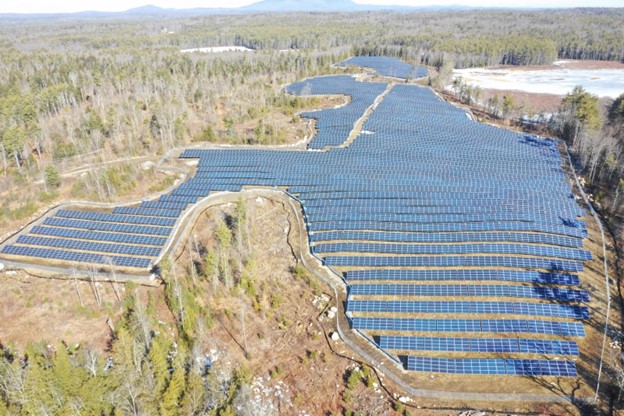
Ultimately, developers and EPCs have much to gain from integrated partners ready to handle the entire scope from foundation and racking design to manufacturing, installation and electric BOS. Opt for manufacturers that self-perform the entire build with their own experienced installers and specialized equipment. Pick a partner that will absorb refusal risks on your behalf. Ultimately, clear the path to project success with a team offering proven experience delivering results in the challenging and unpredictable Northeast.

